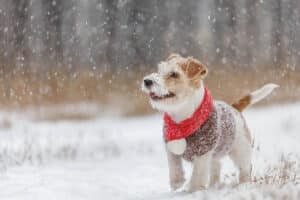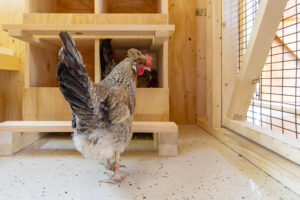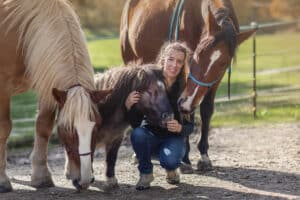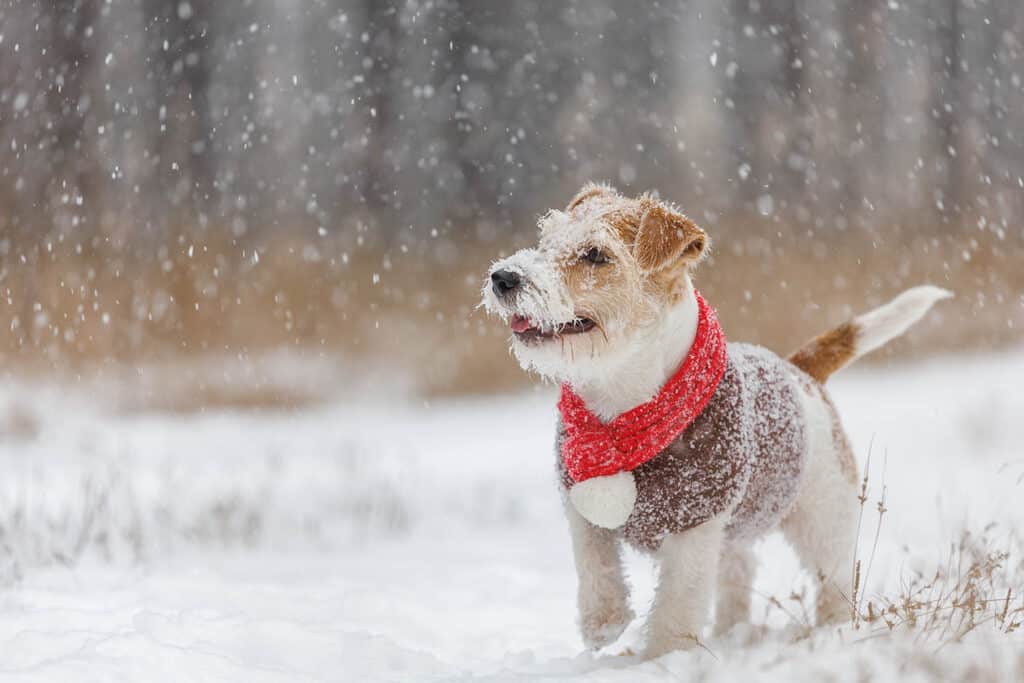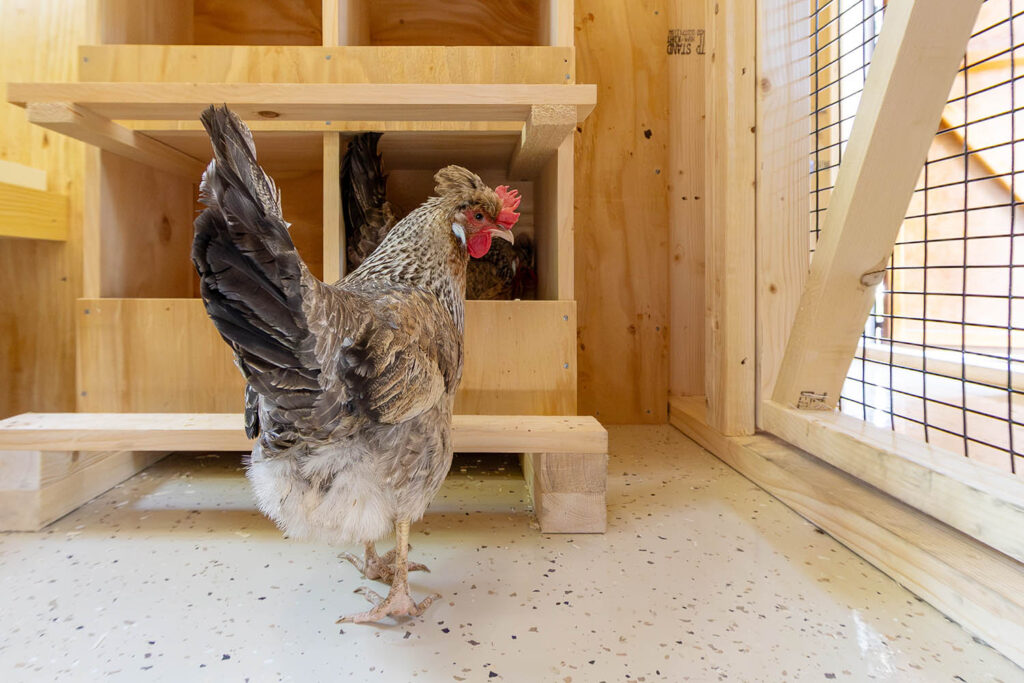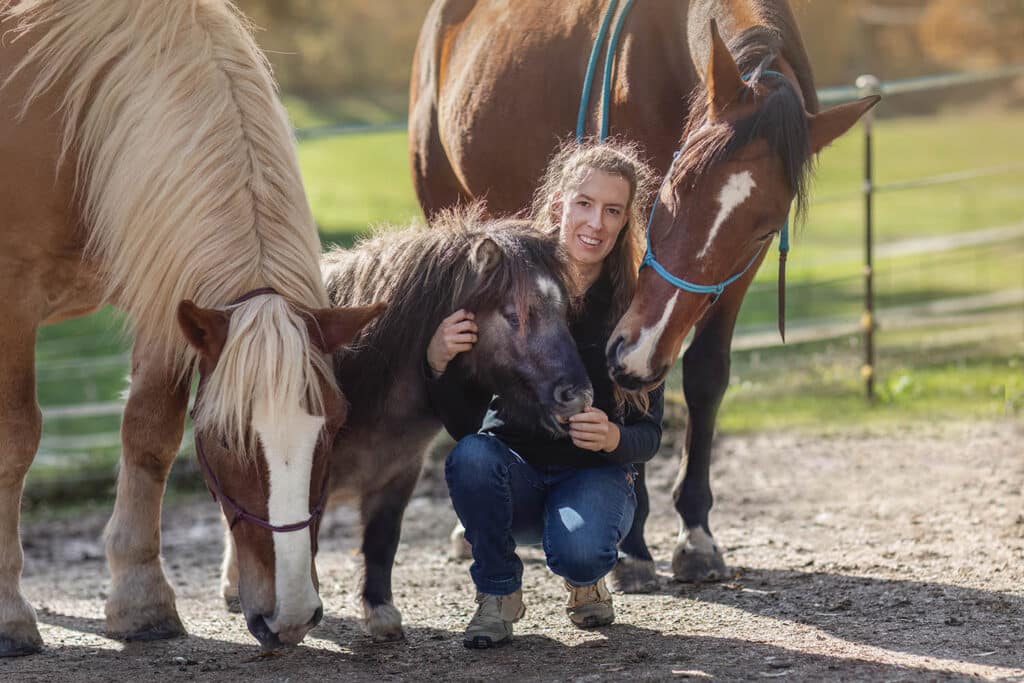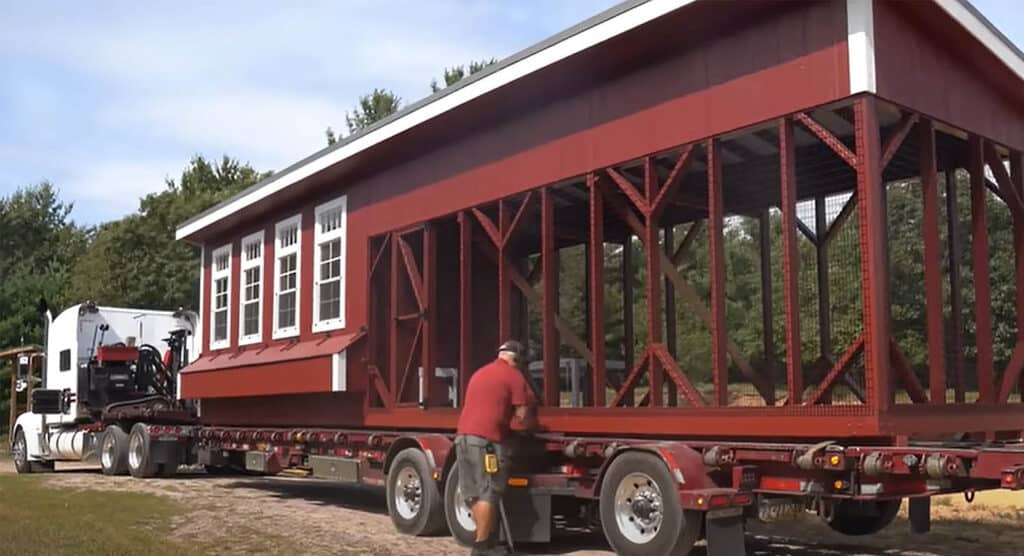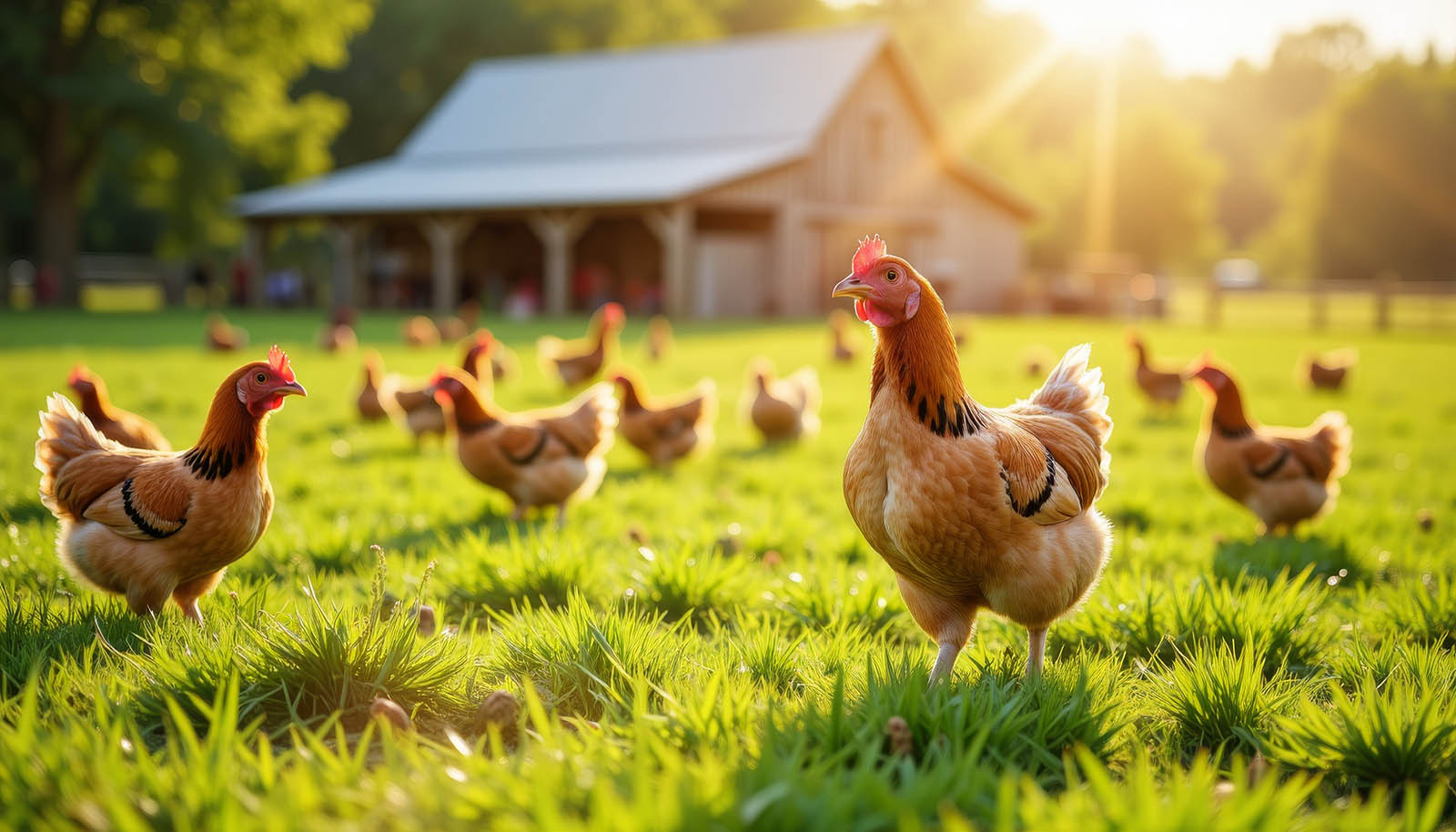 Backyard chicken keeping isn’t just a spring and summer hobby – it’s a year-round commitment. While there are many guides for winterizing coops or dealing with hot weather, today’s chicken owners face new seasonal challenges. From heatwaves to hurricanes, wildfire smoke, and shifting predator patterns, protecting your flock means preparing for extremes.
This guide focuses on the emerging crisis scenarios becoming more common: extreme heat, severe storms, wildfire smoke, and seasonal predator surges.
Backyard chicken keeping isn’t just a spring and summer hobby – it’s a year-round commitment. While there are many guides for winterizing coops or dealing with hot weather, today’s chicken owners face new seasonal challenges. From heatwaves to hurricanes, wildfire smoke, and shifting predator patterns, protecting your flock means preparing for extremes.
This guide focuses on the emerging crisis scenarios becoming more common: extreme heat, severe storms, wildfire smoke, and seasonal predator surges.
Heatwave Preparedness: Helping Chickens Cope with Extreme Heat
Heatwaves over 100°F are no longer rare in states like Arizona, Texas, and California. Chickens can suffer from heat stress or heat stroke, especially when humidity is high. Protective Measures:- Hydration: Provide cool, fresh water, checking every few hours. Add electrolytes for a day or two during intense heat. Place multiple water stations in shaded areas.
- Shade: Regular shade might not be enough. Add tarps, umbrellas, or shade sails to create cooler zones. In low-humidity climates, misters can help.
- Cooling Tactics: Use fans (battery or electric), and create evaporative cooling by blowing air over pans of ice or wet surfaces. Hang damp towels on the run walls and rewet often. Offer frozen treats like watermelon or ice blocks with berries. Frozen water jugs set around the run act like mini air conditioners.
- Schedule Adjustments: Let chickens free-range early morning, then keep them in shaded, ventilated areas during peak heat. Open coops overnight for airflow (using secure screens). In extreme cases, move vulnerable birds into garages or basements temporarily.
- Monitoring: Watch for panting, lethargy, or pale combs. Cool overheated chickens by bringing them into a shaded spot, dipping their feet in cool water, and using fans. A damp towel draped over the bird can help with recovery.
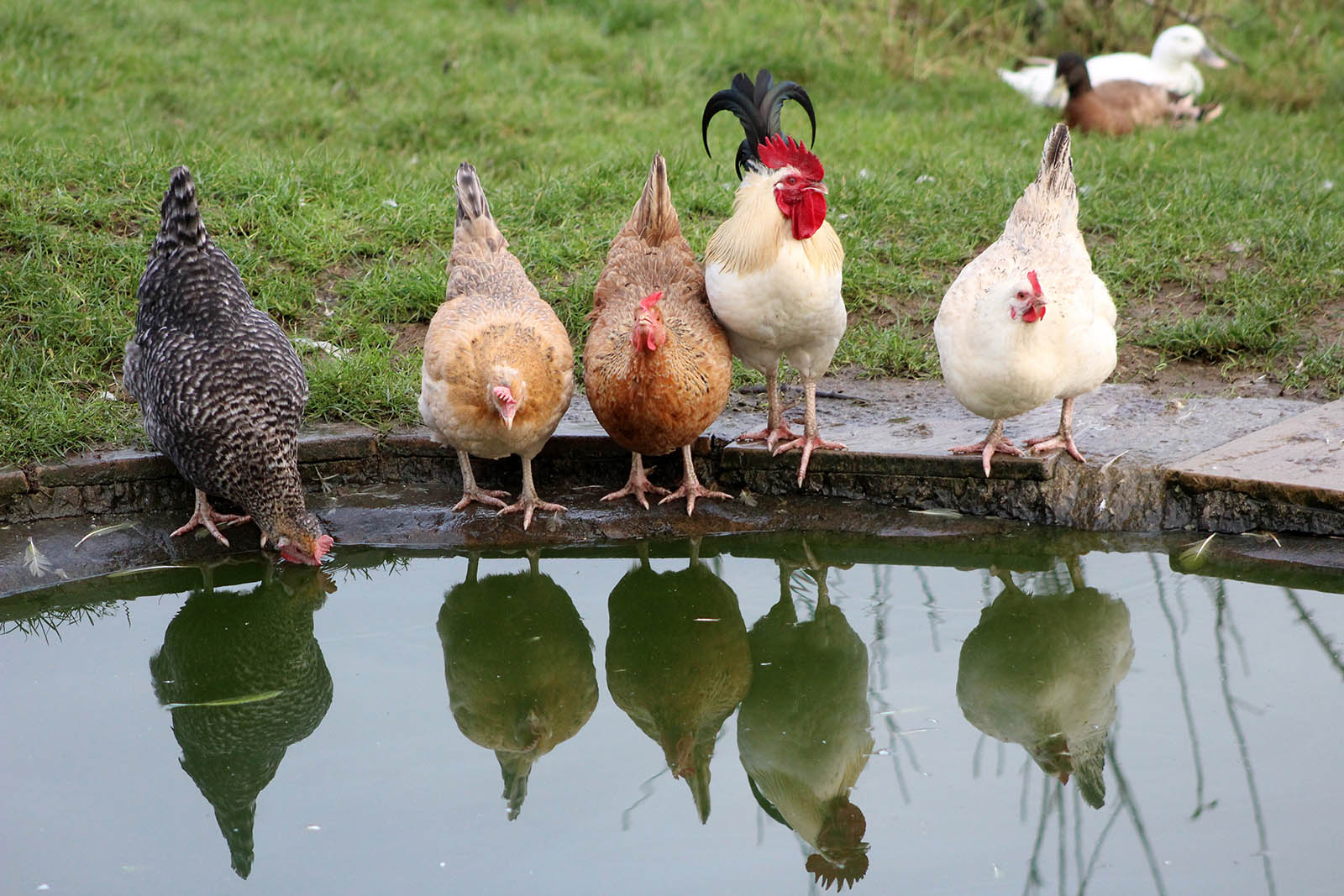 By preparing ahead of time, your flock can stay healthy during even the worst heatwaves.
By preparing ahead of time, your flock can stay healthy during even the worst heatwaves.
Storm and Hurricane Tactics: Fortifying the Coop for High Winds and Floods
From hurricanes in the Southeast to tornadoes in the Midwest, extreme storms can be devastating to chickens and their housing. Protective Measures Before the Storm:- Coop Reinforcement: Inspect the coop’s structure each season. Tighten screws, reinforce joints, and repair loose parts. Anchor the coop to the ground using tie-downs and ratchet straps – treat it like a trailer in a windstorm.
- Run Safety: Clear away nearby objects that can turn into flying debris. Inside the run, secure or remove light items. Reinforce wire roofing or covers with zip ties or screws.
- Flood Prep: Raise the coop using blocks or pallets. Dig small trenches to divert water or build sandbag barriers around low spots. Store feed in watertight containers, off the ground.
- Emergency Shelter: If your coop won’t withstand a storm, bring chickens inside – a bathroom, garage, or basement works. Have dog crates or makeshift pens ready. Line them with shavings or towels. It’s chaotic but safer than risking collapse or flood.
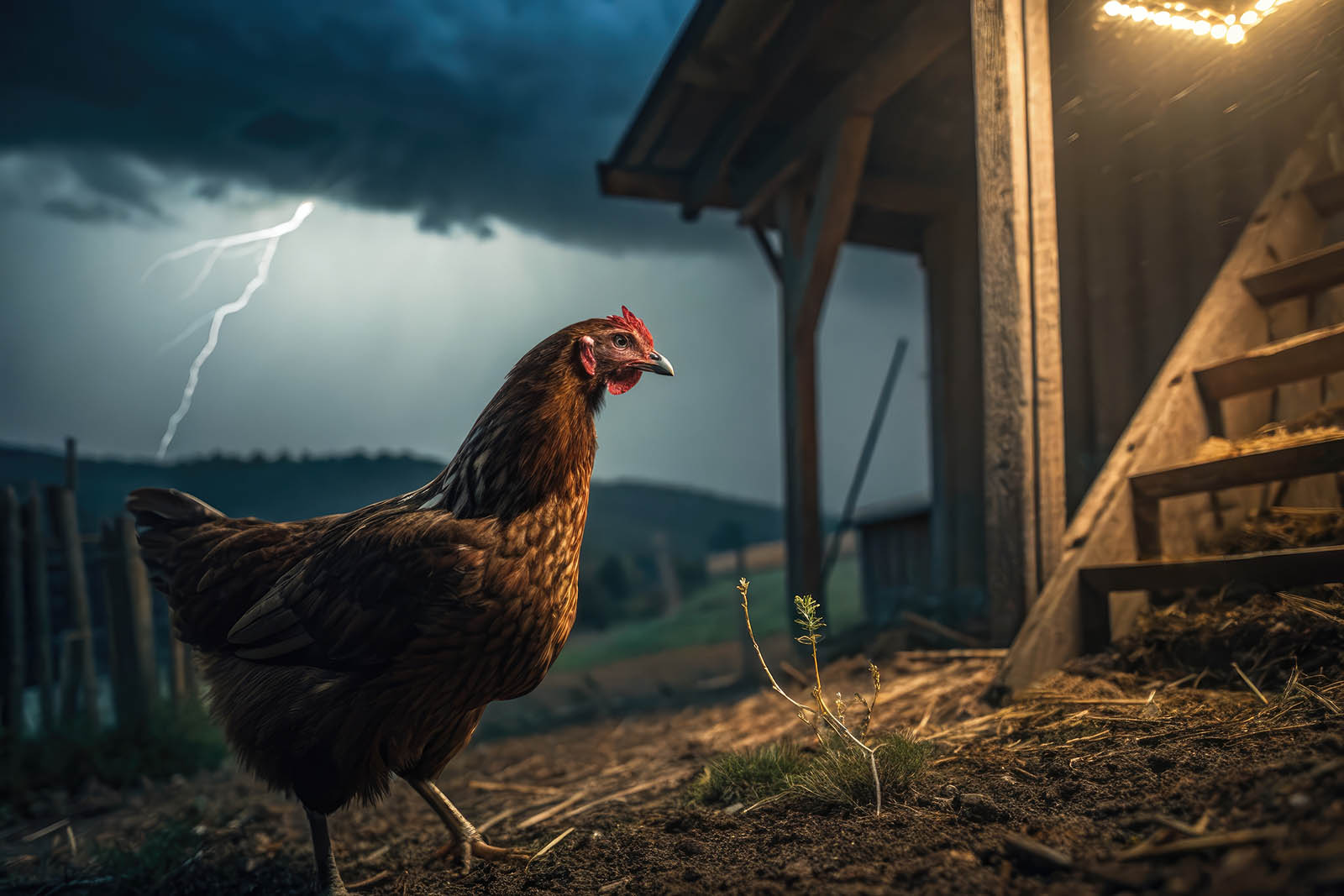 Many chicken keepers in storm-prone regions successfully weather hurricanes by following these steps. Preparation makes all the difference.
Many chicken keepers in storm-prone regions successfully weather hurricanes by following these steps. Preparation makes all the difference.
Wildfire Smoke: Protecting Chickens from Poor Air Quality
Wildfire smoke can travel hundreds of miles and affect birds across the country. Chickens have sensitive respiratory systems and need protection when air quality drops. Protective Measures:- Ventilation with Filtration: Don’t seal off the coop, but reduce open-air flow. Cover vents with fine mesh or HVAC filter material to block ash while allowing air exchange.
- Temporary Indoor Housing: If possible, bring chickens into a garage or basement with an air purifier during heavy smoke events. Clean indoor air can prevent respiratory distress.
- Water and Feed: Change water frequently and keep it covered. Move feed inside or use lidded feeders. Avoid letting chickens forage in ashy areas. Lay fresh bedding or use tarps in part of the run.
- Limit Activity: Keep chickens in covered runs or coops and provide enrichment inside to reduce roaming in smoky air.
- Watch for Symptoms: Look out for coughing, wheezing, gurgling, or discharge. If a chicken appears in distress, isolate it indoors with clean air. Most chickens recover with rest and fresh air.
- After the Smoke Clears: Deep clean the coop, replace sooty bedding, and provide nutritional support (vitamins, yogurt, or fresh greens) to help recovery.
Seasonal Predators: Staying Vigilant at Key Times of Year
Predator threats don’t stop, but they do shift. Knowing seasonal patterns helps you strengthen security when it matters most. Predator Patterns & Protective Steps:
Predator Patterns & Protective Steps:
- Hawks (Fall and Early Spring): Migration and fledgling seasons make hawk attacks more likely. Use bird netting or poultry wire over runs. Provide hiding spots like shrubs, tables, or pallets. A rooster or guinea fowl can help alert the flock.
- Bears (Spring and Fall): In bear country, install electric fencing around coops and runs. Use hot wires or electric poultry netting to deliver a deterrent zap. Fortify the coop with strong materials, lock doors with padlocks, and secure all feed. Avoid composting or leaving eggs overnight near the coop.
- Raccoons, Weasels, and Other Night Predators: These are year-round threats, with late spring often bringing a spike due to hungry mothers or curious young. Lock coops every night with predator-proof latches. Patch holes, seal cracks, and install motion lights or alarms. Don’t let your guard down just because you haven’t seen signs recently.
- Foxes & Coyotes (Spring/Fall): Spring pups and fall dispersal bring these predators closer. Electric fencing (especially a single strand 6–8 inches off the ground) is very effective. Ensure run fences are tall, ideally covered, and free-range only with supervision.
- Hawks in Winter: In regions with bare trees or snow, hawks may be more aggressive due to lack of cover and reduced prey. Keep netting up year-round if attacks are likely, and provide cover in open runs.
- Know your local wildlife. Talk to neighbors or local farmers about what’s common in your region and when.
- Do a seasonal security audit in spring and fall. Walk your coop and run looking for weakened areas, rust, gaps, or signs of wear – fix before predators find them.
- Schedule improvements around risk: if you know September is hawk season, put up netting in August.
Conclusion
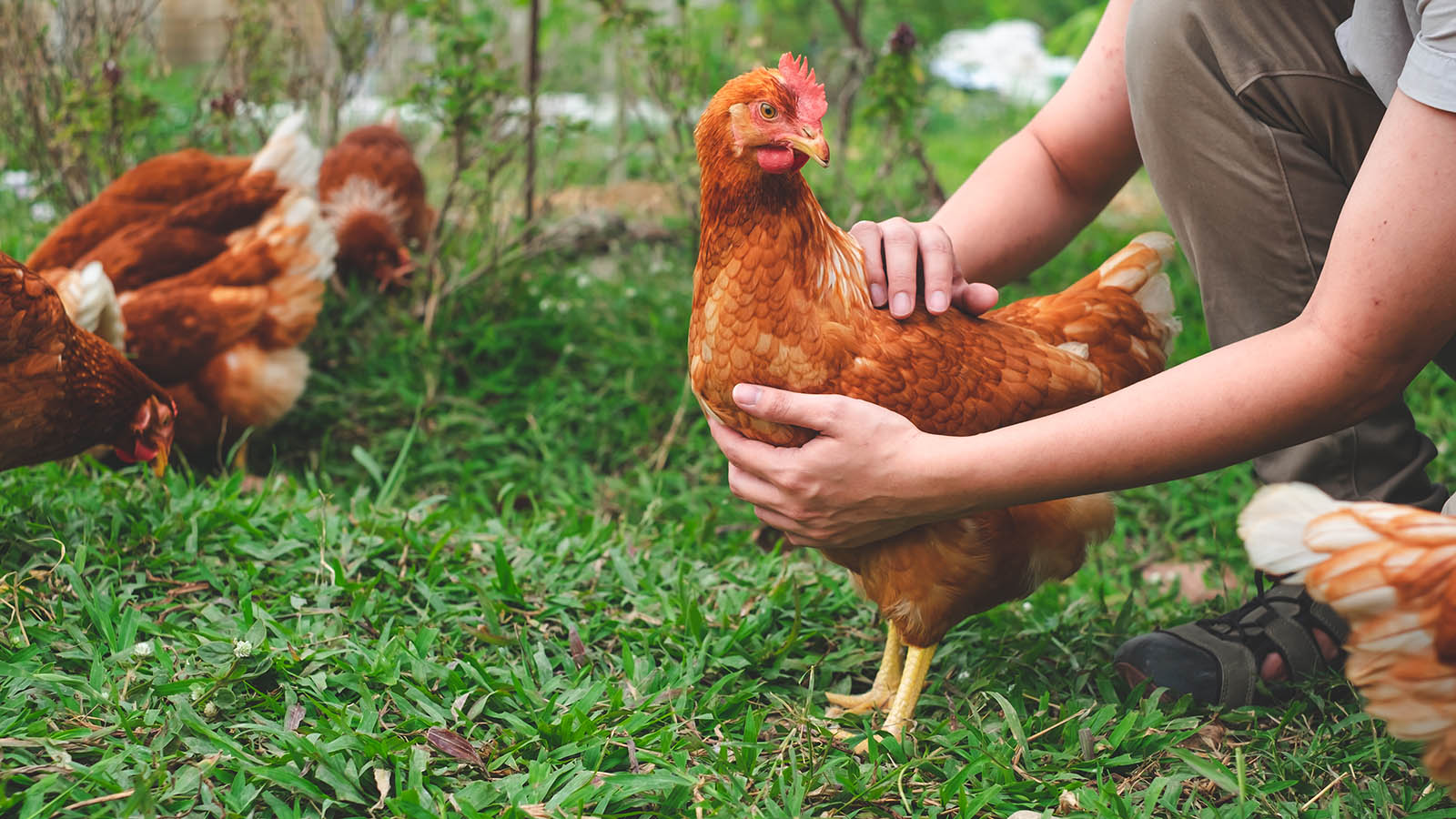 Backyard chickens face more than just hot summers and cold winters. From record-breaking heatwaves and hurricane-force winds to wildfire smoke and hungry seasonal predators, being a responsible chicken keeper now means planning for extremes.
Across all scenarios, the themes remain the same:
Backyard chickens face more than just hot summers and cold winters. From record-breaking heatwaves and hurricane-force winds to wildfire smoke and hungry seasonal predators, being a responsible chicken keeper now means planning for extremes.
Across all scenarios, the themes remain the same:


